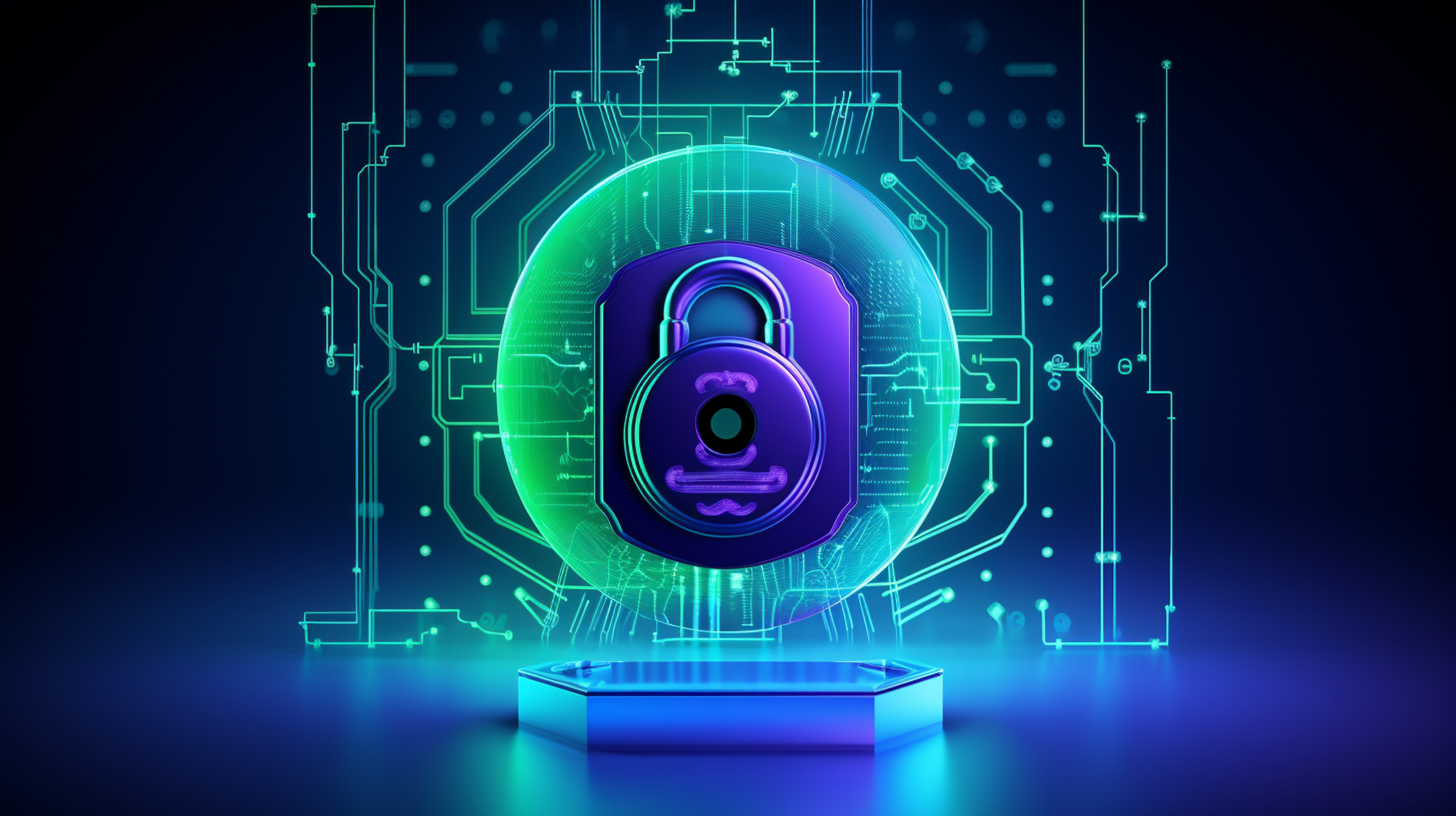Lesson 1

Introduction to Cybersecurity
Nanodegree Program
In this program, you will learn how to evaluate, maintain, and monitor the security of computer systems. You’ll also learn how to assess threats, respond to incidents, and implement security controls to reduce risk and meet security compliance goals.
In this program, you will learn how to evaluate, maintain, and monitor the security of computer systems. You’ll also learn how to assess threats, respond to incidents, and implement security controls to reduce risk and meet security compliance goals.
Beginner
3 months
Real-world Projects
Completion Certificate
Last Updated July 11, 2024
Skills you'll learn:
Prerequisites:
Courses In This Program
Course 1 • 50 minutes
Welcome to the Nanodegree Program
Lesson 1
Nanodegree Program Introduction
Lesson 2
Getting Help
You are starting a challenging but rewarding journey! Take 5 minutes to read how to get help with projects and content.
Lesson 3
Discover Your Company's Cybersecurity Score
Course 2 • 3 weeks
Cybersecurity Foundations
Security is embedded in all we do online and is a critical job skill and career field. This foundations course explains security fundamentals including core principles, critical security controls, and cybersecurity best practices. Students will also evaluate specific security techniques used to administer a system that meets industry standards and core controls, assess high-level risks, vulnerabilities, and attack vectors of a sample system, and explain ways to establish and maintain the security of different types of computer systems.
Lesson 1
Welcome to Cybersecurity Fundamentals
In this lesson, you will be given an overview of the course.
Lesson 2
What is Cybersecurity
In this lesson, you will learn the security trend and how to develop a career in cybersecurity.
Lesson 3
Maintain a Secure Infrastructure
In this lesson, you will learn some cybersecurity laws and some basics about security governance, compliance, and regulations.
Lesson 4
Think Like a Hacker
In this lesson, you will learn the hacking lifecycle and the basics of vulnerability, threat, and attack.
Lesson 5
Security Defenses
In this lesson, you will learn some basic methods to keep your computer and network safe.
Lesson 6
Applying Cybersecurity
In this lesson, you will practice applying cybersecurity to many situations.
Lesson 7 • Project
Project: Securing a Business Network
In this project, you will apply the skills you have learned in this course to secure a business network.
Course 3 • 3 weeks
Defending and Securing Systems
In this course, students will be exposed to a diverse group of technologies that will provide or enhance the skills needed to enter the cybersecurity field. Students will apply best practices of Defense in Depth to secure computer systems, use outputs from security incidents to analyze and improve future network security, and search internal systems to determine network vulnerabilities. Students will also learn how to recommend mitigations to address common application vulnerabilities and ensure fundamental encryption techniques for securing data at rest and in transit.
Lesson 1
Introduction to Defending and Securing Systems
Course introduction to Introduction to Defending and Securing Systems
Lesson 2
Defending Computer Systems and Security Principles
In this lesson you will learn about best practices in defending computer systems.
Lesson 3
System Security: Securing Networks
In this lesson you will learn how to secure networks.
Lesson 4
Monitoring and Logging for Detection of Malicious Activity
In this lesson, you'll learn how to effectively monitor and use logs to detect malicious activity.
Lesson 5
Cryptography Basics (Applied Cryptography)
In this lesson, you will learn the basics of cryptography and how to use tools to encrypt files.
Lesson 6 • Project
Project: Monitoring and Securing the DFI Environment
This lesson is the project lesson for Defending and Securing Systems course.
Course 4 • 4 weeks
Threats, Vulnerabilities, and Incident Response
Cybersecurity breaches happen when a threat is able to successfully exploit a vulnerability within a business. To avoid these attacks, security professionals must understand the threats the company is facing, including the various threat actors and their motivations. Security professionals must also be able to find vulnerabilities that can enable threats to attack through common practices such as vulnerability scanning and penetration testing. Finally, security professionals should be able to activate and follow incident response procedures to address cybersecurity incidents and breaches. Ultimately, during this course, students will learn how to identify security threats and gaps, fix issues, and respond to inevitable attacks.
Lesson 1
Intro to Threats, Vulnerabilities, and Incident Response
Meet your instructor, discuss what you'll learn in this course, major stakeholders and a brief history, and a peek at the final project!
Lesson 2
Assessing Threats
This lesson will cover threats and vulnerabilities, attack types, threat motivations, threats to organizations, and threat responses.
Lesson 3
Finding Security Vulnerabilities
In this lesson, we'll be discussing attack methods, scanning for vulnerabilities, and penetration testing.
Lesson 4
Fixing Security Vulnerabilities
We're going to cover how to conduct vulnerability research, test and apply results, and how to prioritize and strategize the results in this lesson.
Lesson 5
Preparing for Inevitable Attacks
Finally, we're going to cover incidents and recovery, events and incidents, the response lifecycle, and roles and response plans.
Lesson 6 • Project
Project: Navigating a Cybersecurity Incident
During the project, you'll summarize and profile a cyber threat, conduct a vulnerability scan, research, analyze and prioritize vulnerabilities, and finally - document incident response actions.
Taught By The Best

Ron Woerner
Chief Security Officer
Ron Woerner, CISSP, CISM is an internationally recognized thought leader in cybersecurity and data privacy. As CSO at Cyber-AAA, he works as a consultant/vCISO, advises leaders, and delivers training worldwide. He has several technology degrees and is passionate about building cyber professionals.

Christine Izuakor, PhD, CISSP
Founder & CEO, Cyber Pop-up
Dr. Christine Izuakor is the CEO of Cyber Pop-up, an on-demand cybersecurity platform powered by vetted cyber freelancers. She has over a decade of experience leading cybersecurity functions within Fortune 100 companies and has her PhD in Security Engineering.

Sean Pike, Esq., M.S.
Sr. Director, Security & GRC
Sean Pike is a Cybersecurity and GRC leader with 20+ years of experience leading cybersecurity initiatives in regulated companies. Mr. Pike works with organizations to develop unique, proactive security solutions that follow stringent security principles while accelerating business.

Jerry Smith
Information Security Engineer
Jerry is a member of the Security Operations Center for the University of Alabama Birmingham, where he is the lead Threat Hunter and a member of the firewall team. Previously he was an Information Security Engineer for Hibbett Sporting Goods.
Ratings & Reviews
Average Rating: 4.5 Stars
115 Reviews
Sattam A.
March 8, 2023
It's an amazing project, I learned a lot from this program it helped me to understand the cybersecurity because its my dream job. Thanks
Rosana F.
December 7, 2022
I am enjoying a lot because I am learning and developing new skills!
Romaine V.
November 16, 2022
So far so good
MOHAMAD A.
October 20, 2022
Very useful and exceed my expectation.
Abdullah Q.
August 30, 2022
i had some difficulties with the cloud labs, otherwise i enjoyed doing the project and implementing the skills i have learned.
The Udacity Difference
Combine technology training for employees with industry experts, mentors, and projects, for critical thinking that pushes innovation. Our proven upskilling system goes after success—relentlessly.

Demonstrate proficiency with practical projects
Projects are based on real-world scenarios and challenges, allowing you to apply the skills you learn to practical situations, while giving you real hands-on experience.
Gain proven experience
Retain knowledge longer
Apply new skills immediately

Top-tier services to ensure learner success
Reviewers provide timely and constructive feedback on your project submissions, highlighting areas of improvement and offering practical tips to enhance your work.
Get help from subject matter experts
Learn industry best practices
Gain valuable insights and improve your skills

Unlock access to Introduction to Cybersecurity and the rest of our best-in-class catalog
-
Unlimited access to our top-rated courses
-
Real-world projects
-
Personalized project reviews
-
Program certificates
-
Proven career outcomes
Full Catalog Access
One subscription opens up this course and our entire catalog of projects and skills.
Month-To-Month
4 Months
*Average time to complete a Nanodegree program
Your subscription also includes:
Your subscription also includes:
(6)
4 weeks
, Beginner
4 weeks
, Beginner
(9)
4 months
, Intermediate
(17)
2 months
, Advanced
(32)
4 months
, Intermediate
1 hour
, Discovery
3 weeks
, Beginner
(27)
4 months
, Intermediate
4 weeks
, Beginner
4 weeks
, Intermediate
4 weeks
, Intermediate
(47)
4 months
, Intermediate
4 weeks
, Intermediate
4 weeks
, Beginner
4 weeks
, Advanced
(449)
4 months
, Intermediate

Get Started Today
Introduction to Cybersecurity
Month-To-Month
- Unlimited access to our top-rated courses
- Real-world projects
- Personalized project reviews
- Program certificates
- Proven career outcomes
4 Months
- All the same great benefits in our month-to-month plan
- Most cost-effective way to acquire a new set of skills
Related Programs
Related Programs
(6)
4 weeks
, Beginner
4 weeks
, Beginner
(9)
4 months
, Intermediate
(17)
2 months
, Advanced
(32)
4 months
, Intermediate
1 hour
, Discovery
3 weeks
, Beginner
(27)
4 months
, Intermediate
4 weeks
, Beginner
4 weeks
, Intermediate
4 weeks
, Intermediate
(47)
4 months
, Intermediate
4 weeks
, Intermediate
4 weeks
, Beginner
4 weeks
, Advanced
(449)
4 months
, Intermediate















